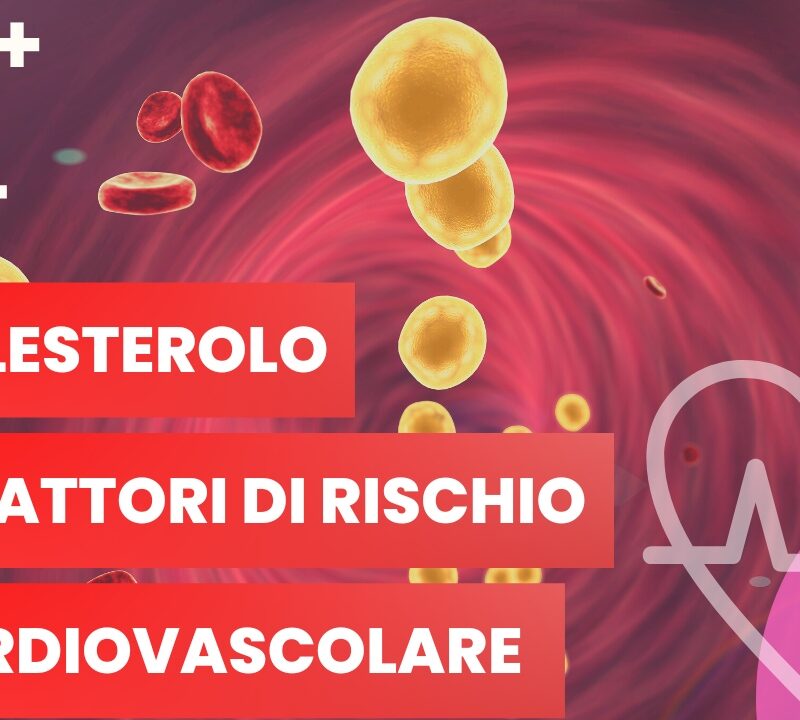Mobile right heart thrombus and syncope
15 Novembre 2020
Consigli per uno stile di vita sano e una dieta giusta in tempo di Covid
29 Novembre 2020Background: With the increasing number of pacemakers, defibrillators and cardiac resynchronization systems implanted, the number of cases of lead-dependent infective endocarditis (LDIE) increases. It is important to define the presence and extension of the LDIE, its mobility and relation to valves and catheter in order to plan the time and method of extraction, with percutaneous or hybrid technique.
Aim: Echocardiographic assessment of catheters in perioperative period of transvenous lead extraction, mainly focused on presence/absence of LDIE, dimensions and correlation to contiguous structures (tricuspid valve, orifice of superior vena cava in the right atrium).
Method:Aretrospective/prospective analysiswascarried out in 20patients (11menand9 women), age 68+10 years (range 40-81) with cardiac devices and suspected LDIE for clinical signs or device’s pocket infection, qualified for a procedure of transvenous lead extraction. We performed a pre- and postoperative transthoracic echo (TTE) and bidimensional (2D) / real time three-dimensional (RT3D) transesophageal (TEE) echocardiography.
Results: The removal of the electrodes was obtained in all pts, with hybrid percutaneous / surgical procedure in 2/16 (none with diagnosis of LDIE), with percutaneous extraction in the other 18 pts. There were no life-threatening complications during the removals. Onept showed moderate pericardial effusion with postoperative blood transfusion (decrease 2 pt of hemoglobin), another pt an increased regurgitation due to breaking of the thread of the tricuspid valve. A LDIE was observed in the different parts of the catheter in 7/20 pts (35 %); in 4/7 pts the LDIE was suspected at TTE and in all 7 pts was confirmed with 2DTEE. The largest LDIE measured 3.1x2.2cm (with comparable dimension in 2D and RT3DTEE), but the oval shape of one of the LDIE was better defined only at RT3DTEE (diagnosis of pseudo-abscess). The morphology of the LDIE was well depicted with 2DTEE in 4/7 pts, while in the other 3 cases the RT3DTEE supplied incremental spatial information (the pseudo-abscess adherent to the catheter with a second separate LDIE, the adherence of the LDIE and of the catheter to the orifice of superior vena cava and the adherence of LDIE to the septal tricuspid leaflet).
Conclusions: TTE and especially TEE are essential in LDIE diagnosis to guide the treatment. The diagnosis of LDIE yielded a high sensitivity with 2DTEE, but RT3DTEE was useful for a better spatial location and for the detection of relationship with the contiguous structures of the LDIE.



